Introduction
Rock Sugar and Pear Soup, a cherished traditional Chinese dessert, has been enjoyed for centuries for its delicate sweetness and soothing properties. Often recommended to alleviate coughs, soothe sore throats, or simply hydrate during dry seasons, this dish combines the natural juiciness of pears with the mild, caramel-like sweetness of rock sugar. While its simplicity makes it accessible to home cooks of all levels, mastering the cooking time is crucial to achieving the ideal texture and flavor balance. Cook it too briefly, and the pears may remain crisp, failing to release their full aromatic potential. Overcook it, and the pears could turn mushy, losing their structural integrity. This article delves into the science and art of timing when preparing Rock Sugar and Pear Soup, exploring variables that influence cooking duration, and offering tips to ensure a flawless result every time.
Understanding the Basics: Ingredients and Their Role
Before diving into cooking times, it’s essential to grasp the role of each ingredient. Pears, preferably Asian varieties like Ya or Chojuro, are chosen for their soft, grainy texture and subtle floral notes. These pears are less juicy than their Western counterparts but hold their shape better during cooking, making them ideal for soups. Rock sugar, or bingtang in Chinese, is unrefined cane sugar crystallized into large, translucent chunks. Unlike white sugar, it dissolves slowly, imparting a rounded sweetness without overpowering the pears’ natural flavor. The marriage of these two ingredients creates a harmonious blend of flavors and textures, but their quality and preparation significantly impact cooking time.
Preparation: The Foundation of Perfect Timing
-
Pear Selection and Prep:
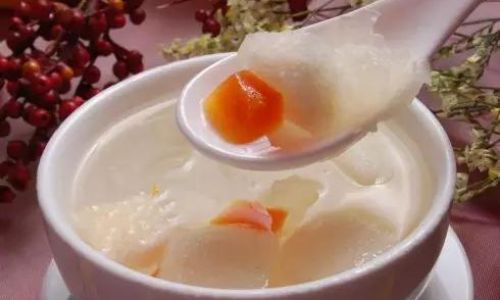
- Choose pears that are ripe but firm. Overripe pears will disintegrate quickly, while underripe ones may remain tough.
- Peel the pears to remove bitterness from the skin, though some recipes retain it for added fiber.
- Core the pears and slice them into quarters or eighths. Smaller pieces cook faster but may lose shape; larger chunks retain structure but require longer simmering.
-
Rock Sugar Ratios:
- Use approximately 1/4 cup of rock sugar per 4 medium pears. Adjust based on pear sweetness and personal preference.
- Crush large rock sugar chunks to expedite dissolving, though whole pieces can be added for a gradual sweetness release.
-
Liquid Base:
Use 6–8 cups of water or unsweetened herbal tea (e.g., chrysanthemum or goji berry) for depth. The liquid volume affects cooking time—more liquid requires longer simmering to reduce and concentrate flavors.
Cooking Methods and Time Variations
The cooking method dictates the ideal duration. Below are three common approaches, each with its own timeline and outcomes:
-
Stovetop Simmering (Traditional Method):
- Timeframe: 20–35 minutes.
- Process:
- Bring water to a boil in a stainless steel or ceramic pot.
- Add pears and rock sugar, reducing heat to a gentle simmer.
- Cover partially to prevent excessive evaporation.
- Simmer until pears are translucent and tender when pierced with a fork.
- Variables:
- Pear Size: Larger chunks need 30+ minutes; smaller pieces may soften in 20.
- Heat Intensity: A low simmer preserves shape, while a rolling boil accelerates cooking but risks mushiness.
-
Slow Cooker (Convenience-Driven):
- Timeframe: 2.5–4 hours on low; 1.5–2 hours on high.
- Process:
- Combine all ingredients in a slow cooker.
- Cook until pears are soft but intact.
- Advantages: Hands-off cooking, ideal for busy schedules.
- Drawbacks: Extended time may dilute flavors; adjust seasoning before serving.
-
Instant Pot (Pressure Cooking):
- Timeframe: 8–12 minutes on high pressure, plus natural release.
- Process:
- Seal ingredients in the Instant Pot.
- Cook under pressure, then allow steam to release naturally (10–15 minutes).
- Result: Rapid cooking with minimal flavor loss, though pears may become slightly softer than stovetop versions.
Factors Influencing Cooking Time
-
Pear Ripeness:
Riper pears soften faster. Test firmness before cooking—a gentle squeeze indicates readiness.
-
Pot Material:
Thick-bottomed pots distribute heat evenly, reducing hotspots that could overcook sections.
-
Altitude:
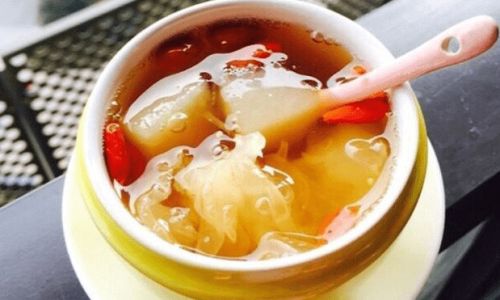
At high elevations, water boils at lower temperatures, potentially extending simmering time.
-
Desired Consistency:
- For a broth-like soup, cook until pears are just tender (20–25 minutes).
- For a thicker, stew-like texture, simmer 30+ minutes to break down pears further.
Signs of Doneness: When to Stop Cooking
- Visual Cues: Pears turn translucent, and the liquid takes on a golden hue.
- Texture Test: A fork should glide through pear chunks with minimal resistance.
- Flavor Check: The soup should taste balanced—sweet but not cloying, with a hint of pear essence.
Common Mistakes and How to Avoid Them
-
Overcooking:
- Issue: Pears become shapeless, and the soup tastes flat.
- Fix: Monitor closely after 20 minutes; remove from heat once pears are tender.
-
Undercooking:
- Issue: Pears remain crunchy, and flavors haven’t melded.
- Fix: Extend simmering time in 5-minute increments.
-
Inconsistent Sweetness:
- Issue: Rock sugar doesn’t dissolve fully, leaving gritty texture.
- Fix: Stir occasionally or crush sugar beforehand.
Enhancing Flavor and Nutrition
While the classic recipe is delightful on its own, experimentation can elevate the dish:
- Herbal Additions: Include 1–2 tablespoons of dried chrysanthemum flowers or goji berries during simmering.
- Spices: A cinnamon stick or slice of fresh ginger adds warmth.
- Citrus Zest: A strip of lemon or orange peel brightens the flavor.
Adjust cooking time by 5–10 minutes when adding extras, as ingredients like ginger may require longer infusion.
Serving and Storage
- Serving Suggestions: Enjoy warm during colder months or chilled as a refreshing summer treat. Pair with a sprinkle of toasted sesame seeds or a drizzle of honey.
- Storage: Refrigerate in an airtight container for up to 3 days. Reheat gently to avoid overcooking.
Conclusion
Mastering the cooking time for Rock Sugar and Pear Soup is a blend of science and intuition. While stovetop simmering for 20–35 minutes remains the gold standard, adaptability is key—adjust based on your tools, ingredients, and taste preferences. Whether you seek the therapeutic warmth of a slow cooker batch or the speed of an Instant Pot, patience and attention to detail will yield a dessert that nourishes both body and soul. Experiment, savor, and let the rhythm of simmering pots guide you to culinary perfection.
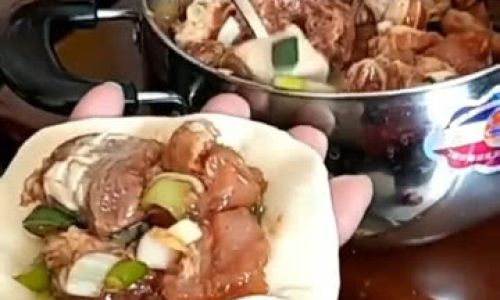
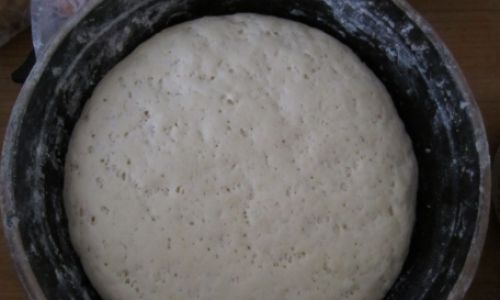
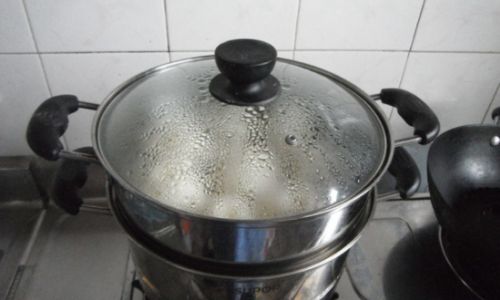
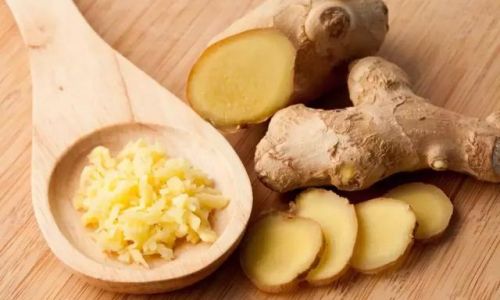
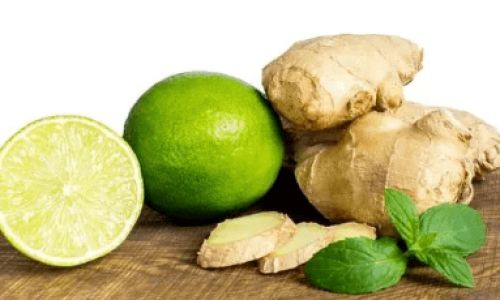
0 comments